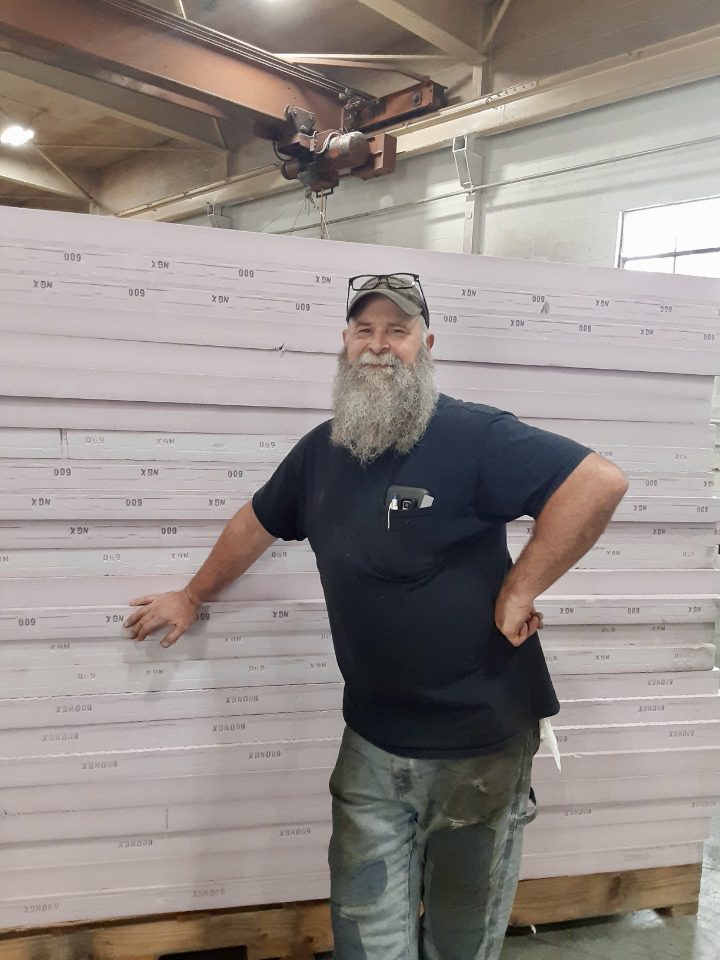In the intricate world of cryogenics, where temperatures plummet to unimaginably low degrees, the role of insulation becomes paramount. Among the many materials used, foam stands out for its exceptional insulating properties, especially in cryogenic environments. Today, we’re diving into the fascinating world of Foam Insulation for Cryogenic Storage and how PFI Advanced Equipment Manufacturing (PFI AEM) is leading the way in this specialized field. This blog post will explore the importance, applications, and advantages of using foam insulation specifically designed for cryogenic storage.
Understanding Foam Insulation for Cryogenic Storage
Foam Insulation for Cryogenic Storage involves using foam materials that are capable of withstanding extremely low temperatures, typical in cryogenic storage systems. These systems are used extensively for preserving biological materials, such as vaccines, blood samples, and other biomedical specimens, as well as in the storage of liquefied gases like nitrogen, oxygen, and natural gas.
At PFI AEM, the process of creating effective cryogenic foam insulation begins with selecting the right materials. The foams used are typically closed-cell structures, which provide superior insulation because they trap gases in small cells or bubbles, minimizing heat transfer through conduction.
The Significance of Foam Insulation in Cryogenic Applications
The significance of Foam Insulation for Cryogenic Storage cannot be overstated. In cryogenic conditions, where temperatures can drop to as low as -196 degrees Celsius (the temperature of liquid nitrogen), standard insulation materials often fail to provide adequate thermal protection. Here, foam insulation plays a crucial role. It helps maintain the required low temperatures efficiently, ensuring the viability of stored materials over extended periods.
PFI AEM’s foam insulation products are designed to meet these rigorous demands. By integrating advanced manufacturing techniques and using high-quality foam materials, PFI AEM ensures that their foam insulation offers optimal performance in cryogenic storage applications.
Applications and Benefits of Foam Insulation at PFI AEM
The applications of Foam Insulation for Cryogenic Storage are diverse and critical. In the medical field, foam insulation is used in cryopreservation systems that store organs, tissues, and pharmaceuticals. In the industrial sector, it insulates LNG tanks and other storage containers that hold liquefied gases at cryogenic temperatures.
One of the key benefits of using foam insulation from PFI AEM in cryogenic storage is its incredible thermal resistance. The material’s ability to reduce heat transfer helps maintain the stability of temperature-sensitive products, which is essential for both industrial applications and scientific research.
Additionally, the durability and lightweight nature of foam insulation make it an ideal choice for enhancing the operational efficiency of cryogenic storage systems. It not only improves safety by protecting contents from external temperature fluctuations but also reduces energy consumption, leading to cost savings over time.
PFI AEM’s Commitment to Advancing Foam Insulation Technology
At PFI AEM, the commitment to advancing Foam Insulation for Cryogenic Storage technology is evident in their continuous research and development efforts. They collaborate closely with industry experts and clients to understand the evolving needs of the market and to innovate solutions that meet these demands.
This proactive approach allows PFI AEM to stay ahead in the industry, providing products that not only meet the current standards but also anticipate future trends and requirements. Their foam insulation is not just a product; it’s a pivotal part of the infrastructure in critical storage applications around the world.
Future Directions and Innovations
Looking to the future, the demand for effective Foam Insulation is set to grow, driven by advances in biotechnology, healthcare, and energy sectors. PFI AEM is well-positioned to lead this growth, with plans to expand their product lines and explore new material compositions that offer even greater efficiency and environmental sustainability.
The future of foam insulation in cryogenic applications is also seeing trends towards integrating smart technologies. Innovations such as IoT-enabled insulation materials that can monitor and adjust insulation performance in real-time are on the horizon. PFI AEM is keen on adopting these technologies, enhancing the functionality and user-friendliness of their insulation solutions.
Conclusion
Foam Insulation is a field where expertise, precision, and innovation converge to solve some of the most challenging issues related to temperature management in cryogenic environments. With its comprehensive approach to product development and commitment to quality, PFI AEM continues to set benchmarks in the industry, ensuring that their foam insulation products offer unmatched performance and reliability.
Whether you are in the medical, industrial, or any sector requiring cryogenic storage, understanding the critical role of foam insulation and choosing the right partner like PFI AEM can significantly impact the success of your operations. Dive deeper into the world of cryogenic foam insulation with PFI AEM, where advanced materials and smart solutions open up new possibilities for today and tomorrow.



